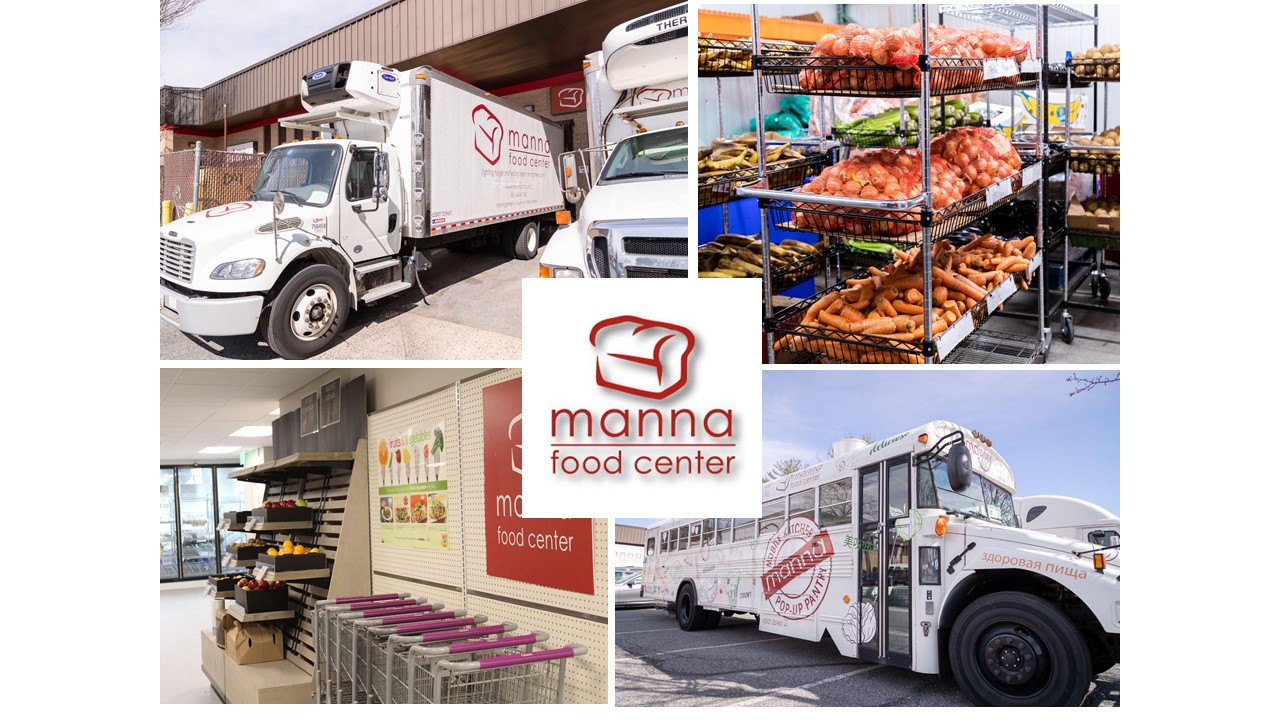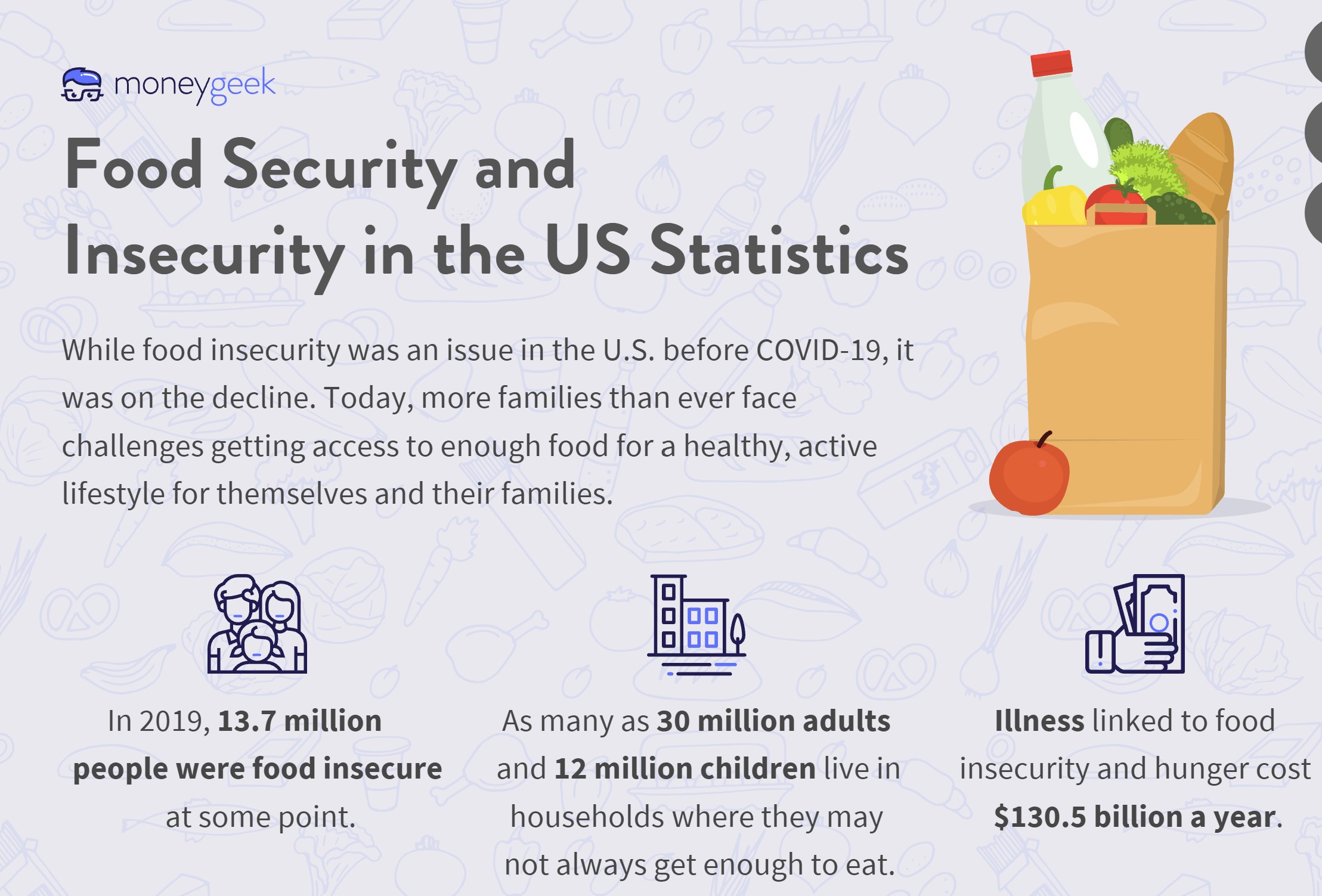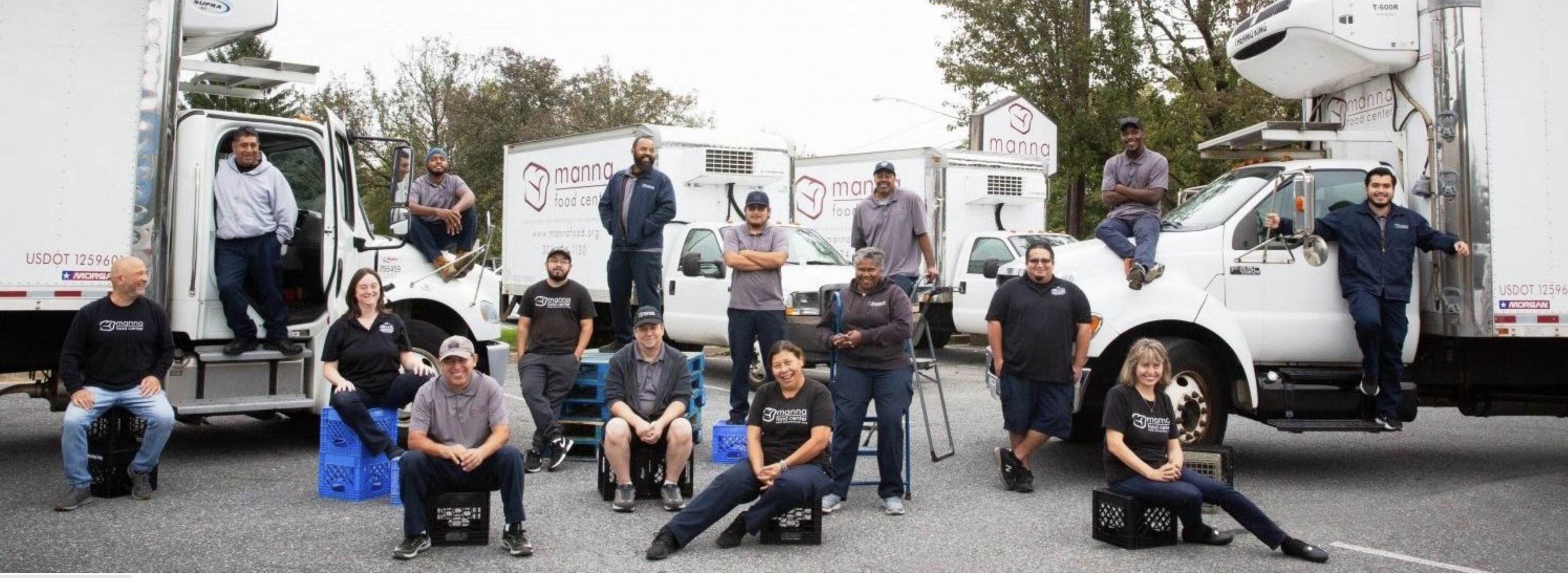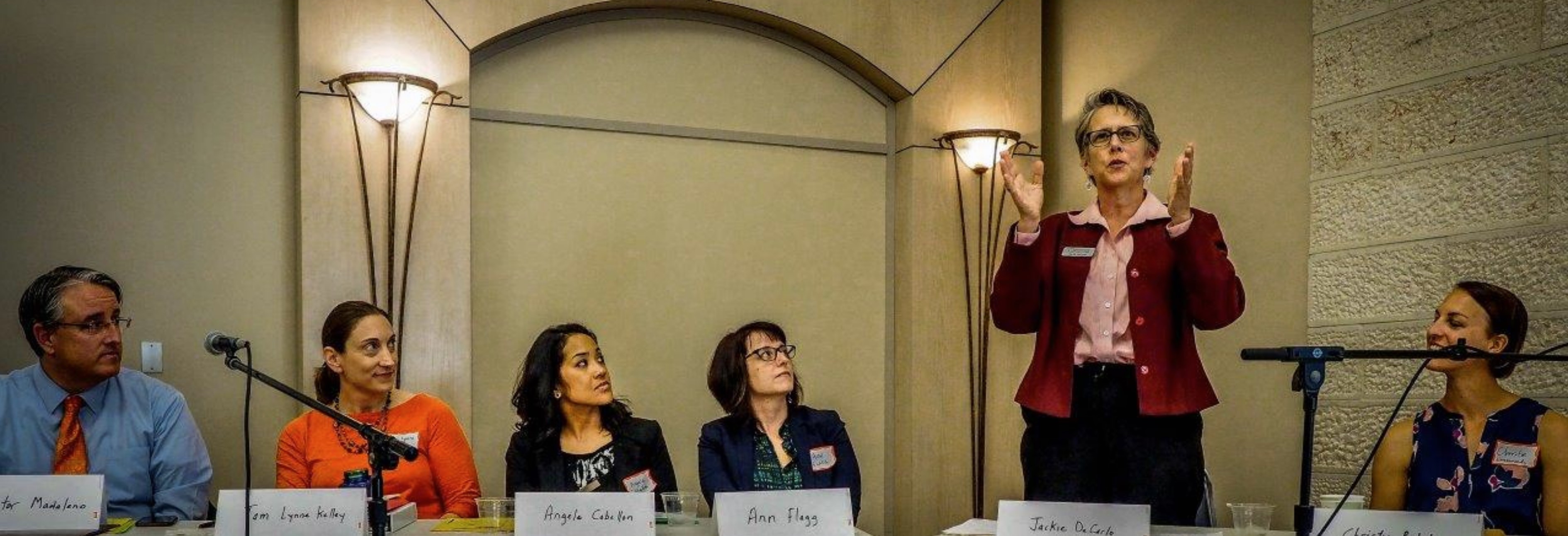A Local and National Look at Food Insecurity in the time of Covid

This fall finds us 18 months into the COVID-19 pandemic. I was recently asked how our community is doing—whether food insecurity is easing, plateauing, or rising. Locally, Manna Food Center reports that food insecurity has nearly doubled among those it serves in Montgomery County since the start of the pandemic. Manna expects that while vaccines signal hope, the economic fallout from this crisis will last for many months, if not years.
“Food insecurity is at an all-time high in the United States, partially due to a spike in lost wages resulting from COVID-19. Many families are just one paycheck or a short time period away from not being able to secure adequate food for themselves and their families,” according to Sara East, who recently reported on food insecurity for MoneyGeek.

US food insecurity statistics from MoneyGeek
Even prior to Covid, one in 12 Montgomery County residents was estimated to have experienced food insecurity. One in three elementary school students qualified for free and reduced meals. Twenty percent of seniors (aged 55-64) live below the self-sufficiency standard. Manna strives to end our county’s hunger problem through a combination of direct action, education, and advocacy. Collecting and distributing food is a mainstay of the organization’s work. Last year, Manna served 50,000 people and distributed 3.3 million lbs. of food.

Manna’s warehouse staff
Even though our county is affluent, hunger is still prevalent and often goes unnoticed, and it is an especially complex issue. In addition to distributing food, Manna’s mission seeks to solve the root causes of hunger through advocacy and education.
Manna’s advocacy seeks to reach community and elected officials. Manna staff provides community members with support to apply for the Supplemental Nutrition Assistance Program (SNAP/food stamps). In collaboration with its volunteer Advocacy Task Force, Manna also engages elected officials in Montgomery County and in Annapolis, showing our leaders what hunger looks like in our community and explaining the policies needed to address root causes. Manna hosts a free, monthly “Breaking Bread” conversation about what’s needed to end hunger and invites everyone in the community to join the discussion.

Jackie DeCarlo, CEO of Manna on an advocacy panel
Nationally, author Sarah East provides a resource guide on food insecurity, with an emphasis on its geographic and economic impacts. Prior to Covid, the most food insecure state was Mississippi, followed by Washington D.C., Nevada, Louisiana and New York, though apparently Covid has shifted food insecurity ranking among states. The resource guide describes federal programs, such SNAP and Women, Infants and Children (WIC) that can help families get consistent food access.
The resource guide also provides insights from national leaders, such as Roxanne Moore, Executive Director of Sodexo Stop Hunger Foundation, and Nancy E. Roman, President and CEO of Partnership for a Healthier America, on how COVID-19 has impacted U.S. households’ access to food and where those who do not qualify for federal assistance can go for help.
No one can predict the future with Covid, but it is reassuring to know that both nationally and here in our community, individuals, organizations, and government agencies are helping to reduce food insecurity and looking toward the future to address the root causes of hunger. Manna’s vision is for all people at all times to have access to safe, sufficient, nutritious food in order to lead fulfilling lives and contribute to making Montgomery County a place where everyone can live in dignity.

